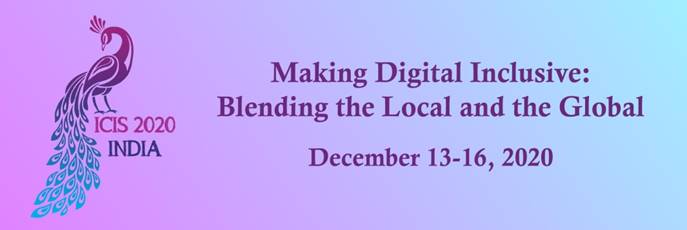General IS Topics
Loading...
Paper Type
Complete
Paper Number
1892
Description
This study examines the role of social network users in mobilizing a social movement. Particularly, we consider the role of core and peripheral users in diffusing the social movement messages. We use the case of Women's March and conduct a qualitative content analysis of the related Twitter postings to identify the message categories. We create four subnetworks corresponding to message categories and apply the K-Core decomposition technique to identify the core and peripheral users in each subnetwork. We then simulate the effect of the removal of peripheral users in diffusing movement messages. The results suggest that not core but peripheral users are critical in amplifying the reach, activity, and overall influence of different message categories. The findings have implications for social media and social movement literature. Social movement organizers may find insights useful to help them organize and mobilize an online movement. This study lays the foundation upon which the relation between online mobilization and ground-level mobilization can be further explored.
Recommended Citation
Syed, Romilla and Silva, Leiser, "Core and Peripheral Users and Social Movement Mobilization" (2020). ICIS 2020 Proceedings. 5.
https://aisel.aisnet.org/icis2020/general_topics/general_topics/5
Core and Peripheral Users and Social Movement Mobilization
This study examines the role of social network users in mobilizing a social movement. Particularly, we consider the role of core and peripheral users in diffusing the social movement messages. We use the case of Women's March and conduct a qualitative content analysis of the related Twitter postings to identify the message categories. We create four subnetworks corresponding to message categories and apply the K-Core decomposition technique to identify the core and peripheral users in each subnetwork. We then simulate the effect of the removal of peripheral users in diffusing movement messages. The results suggest that not core but peripheral users are critical in amplifying the reach, activity, and overall influence of different message categories. The findings have implications for social media and social movement literature. Social movement organizers may find insights useful to help them organize and mobilize an online movement. This study lays the foundation upon which the relation between online mobilization and ground-level mobilization can be further explored.
When commenting on articles, please be friendly, welcoming, respectful and abide by the AIS eLibrary Discussion Thread Code of Conduct posted here.




Comments
2-General